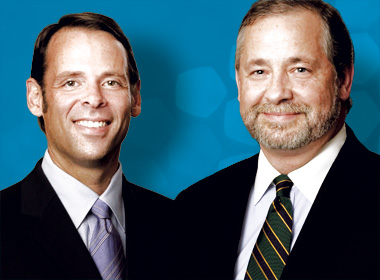Fixed Income SMA Manager of the Year Award
Sage Advisory Services
Intermediate Fixed Income Portfolio
Throughout the month of April, AdvisorOne will focus on separately managed accounts: the money manager options advisors have, the platforms through which they can gain access to those managers, how they can conduct due diligence on those managers, and how advisors are using SMAs in client portfolios.
We begin our coverage by presenting the Investment Advisor-Prima Capital seventh annual Separately Managed Account Managers of the Year. In a feature article in the April 2011 issue of Investment Advisor, seven managers in six different asset classes were chosen as "A Class Apart."
(See thecomplete calendar of our Special Reportfor past and upcoming coverage.)
In this article, we focus on Austin, Texas-based Sage Advisory Services, winners of the taxable fixed income award for its intermediate bond portfolio
The philosophy: A value-oriented comprehensive portfolio management approach designed todeliver higher quarterly total returns over an intermediate investment horizon, providing current income with moderate volatility.
The portfolio: Investing in investment grade fixed income obligations, using U.S. Treasuries, investment grade corporates and municipals, mortgage and asset backed securities with a maturity range up to10 years.
The performance: 2010 (company supplied):
Taxable intermediate fixed income: 6.13%
Barclays U.S. Aggregate Bond Index: 6.54%
Assets in portfolio: $3.5 billion
Total assets under management: $9.51 billion (as of 3/31/11; see company Form ADV)
The people: Investment Advisor Editor John Sullivan spoke in March with Robert G. Smith, AIF and CIMC, president, CIO and firm principal, and Mark MacQueen, executive VP and a member of the Fixed Income Analysts Society. Sage was also named the top RIA wealth management firm in Austin by the Austin Business Journals.
 Fixed Income SMA Manager of the Year Award
Fixed Income SMA Manager of the Year Award
Sage Advisory Services
Intermediate Fixed Income Portfolio








 April 11, 2011 at 10:34 AM
April 11, 2011 at 10:34 AM










